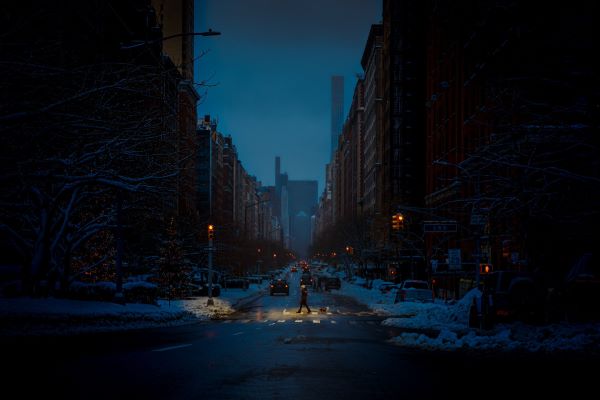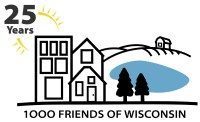-by London Weier – Smart Growth America. Read the full article here.
October is Pedestrian Safety Month, a National Highway Traffic Safety Administration initiative which brings together stakeholders to create a transportation system that is safe for all people to walk.
Despite continued efforts to improve pedestrian safety, fatalities from drivers striking pedestrians is on the rise, reaching an average of 20 deaths per day in 2022. An annual month of recognition is not enough, so what should we be doing differently?

To understand this epidemic, we need to first look at the dangerous design of our roadways. Street design almost always prioritizes car speed over pedestrian safety, resulting in longer, more dangerous trips for people walking.
The risks are drastically heightened at night. The rate of pedestrian deaths is 3 times higher at night than during the day, accounting for 76 percent of all pedestrian fatalities.
Coupled with access to safe infrastructure to walk and roll, brighter streets are safer streets, resulting in reduced pedestrian fatalities and crashes, increased usability for people with vision impairments, and improved perceived comfort for pedestrians.
People who walk deserve access to safe walkways any time of the day or night. We need to take action and get at the root of this problem—design.
